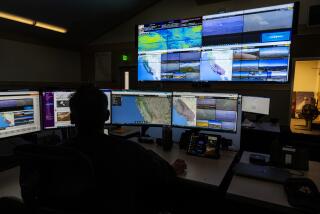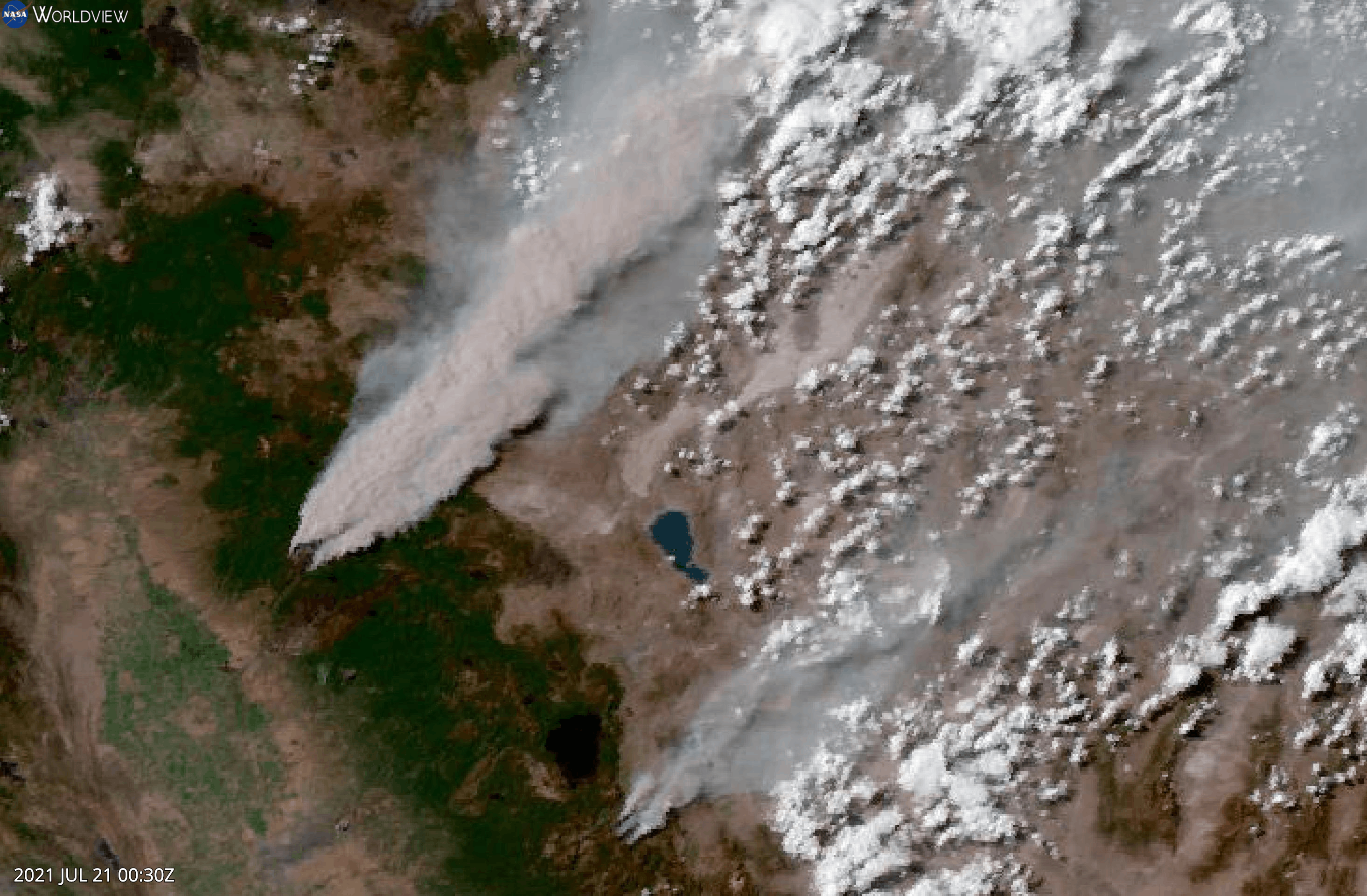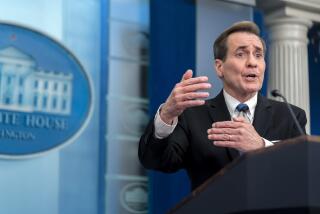Private Eyes
- Share via
The first pictures of the Chernobyl nuclear-power accident last spring were taken by American and French satellites in space. After the pictures were published throughout the world, the Russians were forced to make a full and honest account of what had occurred. But the significance of those satellite pictures has been largely overlooked. They marked the first time that a news event has been covered from space.
Up till now, governments have controlled remote sensing satellites and have used them primarily for gathering military intelligence and for such civilian purposes as weather forecasting, map making, forest management and agricultural monitoring. In the future, private companies will own and use these satellites, and more news events--particularly disasters--will regularly be covered this way. This pending development presents a host of national security and free press issues that are only now being addressed.
In keeping with the Reagan Administration’s policy of encouraging the privatization of space, LANDSAT, the U.S. satellite that took the first Chernobyl pictures, is in the process of being turned over to the Earth Observation Satellite Company (EOSAT), which is owned by RCA and Hughes Aircraft. EOSAT plans to launch additional satellites with greatly enhanced picture-taking abilities, so good, in fact, that they will rival the best spy satellites in taking pictures of small details on the ground.
Recognizing that this technology is imminent, the Commerce Department earlier this year proposed regulations that would give the secretary of commerce virtually unlimited authority to restrict the use of satellites when they interfered with the national security or foreign policy interests of the United States. This rule is in sharp conflict with the First Amendment right of news organizations to gather the news free of government control. Allowing the government to restrict what its citizens can know is anathema to the democratic system under which we live.
Besides, restrictions imposed by the U.S. government won’t work as long as other countries have satellites in orbit that can take the same pictures that Washington doesn’t want taken. The French SPOT Image satellite took pictures of the Chernobyl accident, and the French intend to expand their remote-sensing capabilities from space. The European Space Agency is also considering lofting remote-sensing satellites, as are the Japanese. Any American news organization could buy the services of a foreign satellite if the use of U.S. satellites was prohibited.
In the future, news pictures from space will be as common as aerial pictures of news events are today. There will be many domestic and international legal issues to be explored and worked out, but these pictures are entitled to and must be accorded the full protection of the First Amendment.
More to Read
Sign up for Essential California
The most important California stories and recommendations in your inbox every morning.
You may occasionally receive promotional content from the Los Angeles Times.










